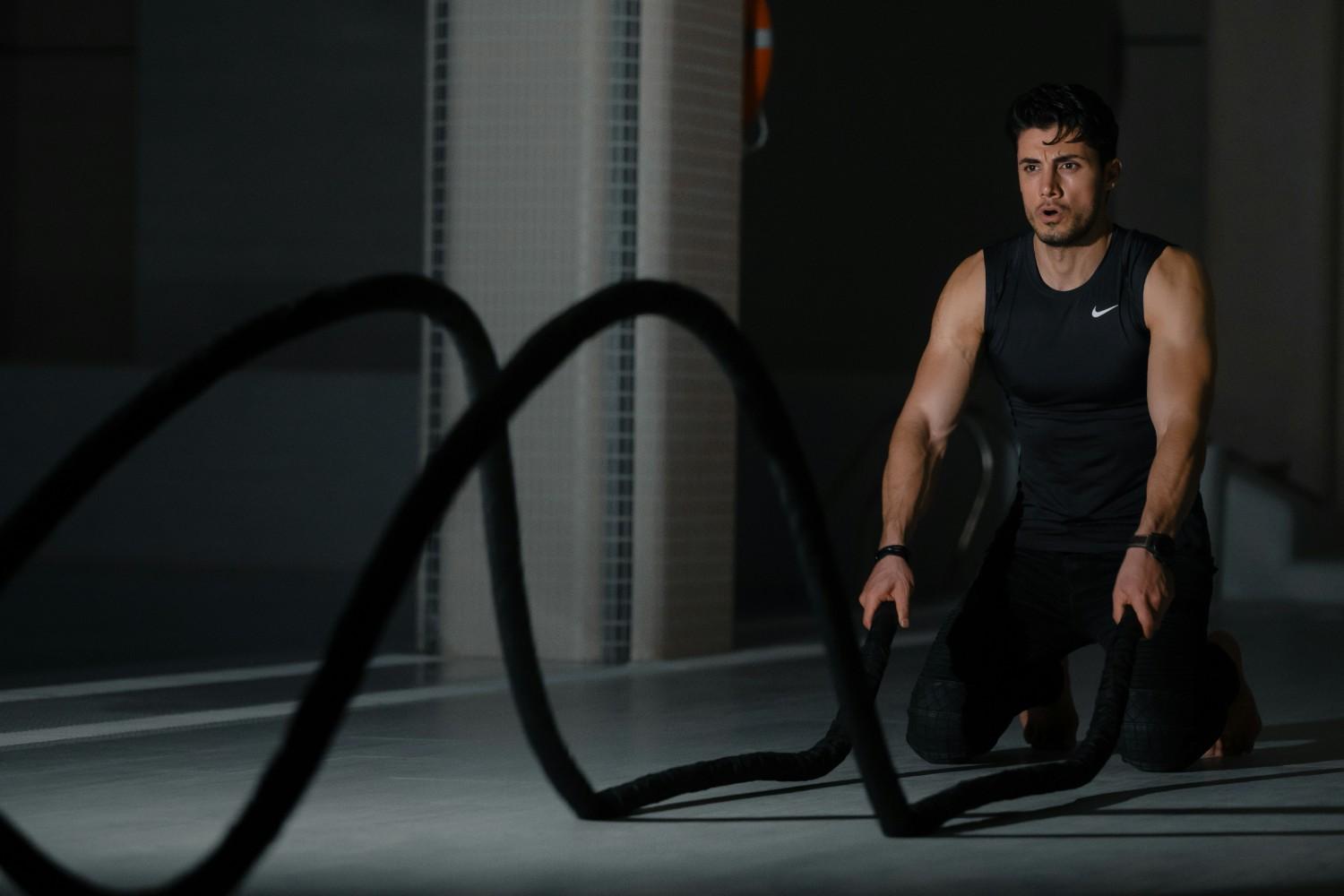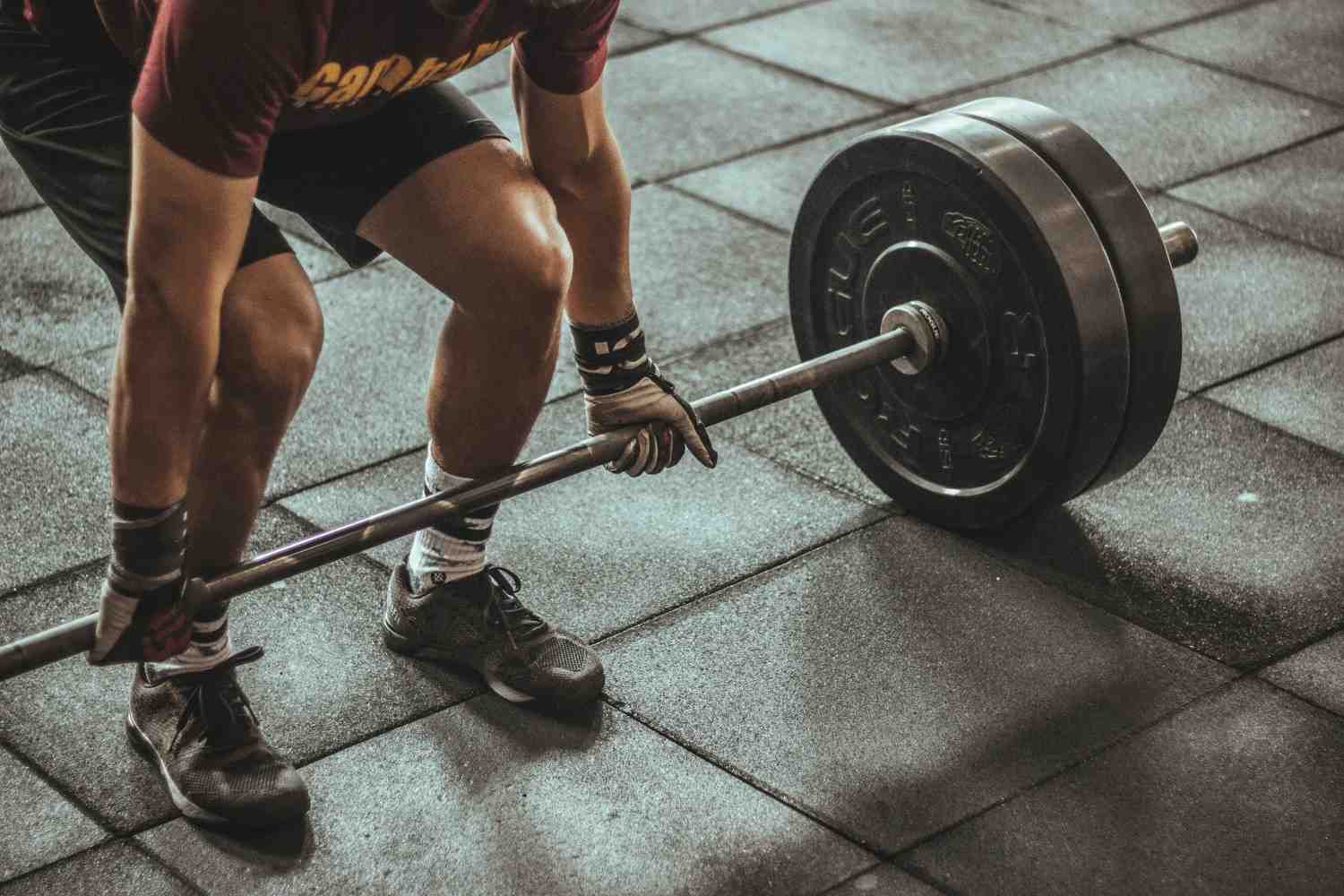Gymnastics workout routines are among the most powerful ways to develop total body strength, flexibility, balance, and coordination. Whether you’re a beginner wanting to build core stability or an advanced athlete aiming for elite performance, gymnastics workouts offer a full-body training approach that sharpens your mind and body alike.
In this comprehensive guide, we’ll explore what a gymnastics workout is, its core benefits, how to structure your weekly routine, common exercises, tips for staying consistent, and how it compares with traditional fitness training. Whether you’re training at home or in the gym, this guide will help you unlock your physical potential with gymnastics workouts.
What is a Gymnastics Workout?
A gymnastics workout is a training routine inspired by the principles and movements of gymnastics. It involves bodyweight strength training, balance, flexibility drills, and high-skill techniques like handstands, planches, and levers. You don’t need to be a competitive gymnast to benefit—these workouts are scalable to suit all levels.
Key Elements of a Gymnastics Workout
-
Bodyweight Strength Exercises
(e.g., push-ups, pull-ups, dips, squats) -
Flexibility Training
(e.g., splits, bridges, shoulder openers) -
Skill Work
(e.g., handstands, muscle-ups, L-sits) -
Balance & Coordination
(e.g., beam walks, agility ladder, single-leg holds) -
Core Stability
(e.g., hollow body holds, leg raises, planks)
Gymnastics workouts are not only about aesthetics—they focus on building functional strength, mobility, and athletic control that translates to better movement in everyday life and sports.
Benefits of Doing Gymnastics Workouts
Including a gymnastics workout in your fitness routine provides an impressive range of physical and mental benefits.
1. Develops Functional Strength
Unlike isolated weight training, gymnastics builds strength that applies to real-life movements. Holding your body in a planche or muscle-up requires tremendous power from your core, shoulders, arms, and glutes—all working together.
2. Improves Flexibility and Mobility
One of the foundations of gymnastics is flexibility. Regular training helps lengthen muscles and increase joint range of motion, preventing injuries and enhancing performance in all physical activities.
3. Enhances Body Awareness and Control
Through repeated balance and skill exercises, you’ll develop a keen sense of how your body moves through space. This control leads to better posture, coordination, and injury prevention.
4. Requires Minimal Equipment
Most gymnastics workouts need little to no equipment. With a simple mat, pull-up bar, and resistance bands, you can train anywhere—making it ideal for home workouts.
5. Boosts Mental Discipline
Mastering gymnastics moves like handstands or backflips takes patience, repetition, and mental toughness. The mental focus you build can translate to other areas of life.
Weekly Structure for a Gymnastics Workout Plan
A structured plan helps you train consistently and target different muscle groups. Here’s a sample weekly gymnastics workout routine for beginners to intermediate athletes:
Monday – Upper Body & Core Focus
-
Warm-up: Jump rope, shoulder circles, dynamic stretches
-
Workout:
-
Push-ups: 3×10
-
Pull-ups or assisted pull-ups: 3×5
-
Plank holds: 3×30 seconds
-
Hollow body hold: 3×20 seconds
-
-
Cool-down: Wrist mobility and static stretches
Tuesday – Flexibility & Balance
-
Warm-up: Arm swings, leg kicks, cat-cow
-
Workout:
-
Forward splits (each leg): 2×30 seconds
-
Bridge pose: 2×30 seconds
-
Wall handstand holds: 3×15 seconds
-
Balance beam (or line walk): 3 rounds
-
-
Cool-down: Shoulder openers and hamstring stretches
Wednesday – Skill Development
-
Warm-up: Foam rolling, light cardio
-
Workout:
-
Handstand practice: 10 minutes
-
L-sits (on parallettes or ground): 3×10 seconds
-
Jumping lunges: 3×10 reps
-
Skin-the-cat on rings or bar: 3×3 reps
-
-
Cool-down: Deep breathing and ankle mobility
Thursday – Rest or Active Recovery
Light yoga, walking, or mobility work
Friday – Lower Body & Core
-
Warm-up: Hip circles, air squats
-
Workout:
-
Pistol squats (assisted if needed): 3×5 per leg
-
Glute bridges: 3×10
-
Hanging leg raises: 3×8
-
Plank-to-push-up: 3×10
-
-
Cool-down: Foam rolling and quad stretches
Saturday – Full-Body Flow & Conditioning
-
Warm-up: Jumping jacks, bear crawls
-
Circuit:
-
Handstand walks or shoulder taps: 3×20 seconds
-
Jump squats: 3×15
-
Hollow rocks: 3×20
-
Pull-ups: 3×5
-
Bridge push-ups: 3×8
-
-
Cool-down: Full-body stretching
Sunday – Optional Flexibility or Rest
Must-Have Equipment for Home Gymnastics Workouts
While many gymnastics workout routines require no gear, these tools can enhance your progress:
-
Pull-Up Bar – for pull-ups, muscle-ups, and core moves
-
Gymnastics Rings – develop deeper body control and strength
-
Resistance Bands – for assisted movements and flexibility drills
-
Parallettes – support handstand work, L-sits, and planche progressions
-
Mat or Padding – safety and comfort during high-impact or inversion moves
-
Wall Space – for handstands and wall-supported drills
Top Gymnastics Workout Exercises for All Levels
Beginner Exercises
-
Wall handstands
-
Hollow body holds
-
Pike stretches
-
Assisted pull-ups
-
Tuck planche hold (on parallettes)
Intermediate Exercises
-
Handstand shoulder taps
-
Skin-the-cat on rings
-
L-sit holds
-
Wall walks
-
Back bridges
Advanced Exercises
-
Press to handstand
-
Front lever hold
-
Muscle-ups
-
Planche
-
Back handspring (with spotter or mat)
These moves form the core of most gymnastics workout progressions. Always prioritize form over difficulty.
Tips for Making the Most of Your Gymnastics Workout
Warm Up Properly
Gymnastics uses joints and muscle groups that aren’t always activated in regular fitness. Warming up improves performance and reduces injury risk.
Start with Progressions
Most advanced moves have easier variations. For example, master a wall handstand before trying a freestanding one.
Record Your Training
Tracking your gymnastics workout progress helps identify weaknesses and shows improvement over time.
Be Consistent
Progress comes with time and repetition. Three to five sessions per week is ideal for gradual improvement.
Recover Right
Sleep, hydration, and post-workout stretching are crucial for muscle repair and avoiding burnout.
Avoid Mistakes in Gymnastics Workouts
Skipping the Basics
Jumping into advanced moves without a solid foundation leads to injury. Focus on basics first.
Poor Form
Form always beats reps. If your alignment is off, the risk of injury increases significantly.
Overtraining
Your body needs rest to grow stronger. Pushing too hard can stall progress.
Ignoring Flexibility
Flexibility isn’t just for aesthetics. It helps you move safely and supports strength-based moves.
Gymnastics Workout vs. Traditional Gym Training
| Feature | Gymnastics Workout | Traditional Gym Workout |
|---|---|---|
| Equipment | Minimal | Weight machines, dumbbells |
| Focus | Functional strength, control | Muscle mass, strength |
| Flexibility | High priority | Often overlooked |
| Balance & Coordination | Integral | Rarely targeted |
| Skill Progression | Essential | Not required |
While both methods offer benefits, the gymnastics workout provides unmatched body awareness, mobility, and athletic functionality.
Real-Life Testimonials
Jenna, 28 – Dancer
“Switching to gymnastics workouts changed my life. I’ve never felt so flexible and powerful at the same time.”
Mike, 35 – Office Worker
“I was bored lifting weights. Now with gymnastics training, I’m stronger, leaner, and more motivated than ever.”
Conclusion
A gymnastics workout is more than just a routine—it’s a transformative fitness journey that strengthens your body, improves mobility, and sharpens your focus. With minimal equipment, structured progressions, and incredible physical results, gymnastics workouts are the perfect choice for anyone seeking a more natural and holistic way to train.
Whether you’re a beginner or an athlete, incorporating a gymnastics workout into your weekly plan can lead to long-term gains in strength, flexibility, and confidence. Stick to your routine, be patient with your progress, and let your body evolve through the art of movement.
FAQs
What are the main benefits of a gymnastics workout for adults and beginners?
A gymnastics workout offers a wide range of physical and mental benefits, even for adults and complete beginners. Physically, it improves strength, balance, coordination, flexibility, and overall body control. These workouts are full-body exercises, engaging your core, upper and lower body in every movement. Mentally, gymnastics encourages focus, discipline, and confidence—traits that often carry over into everyday life. It also helps develop a deep awareness of how your body moves, reducing the risk of injury during other workouts. Even if you’re starting late, a gymnastics workout can reshape your fitness journey with low-impact strength training and skill-based challenges.
Can I do a gymnastics workout at home without professional equipment?
Absolutely! While competitive gymnastics requires specific apparatus like rings, bars, or beams, a basic gymnastics workout can be done at home using minimal or no equipment. Bodyweight exercises such as push-ups, planks, handstands (against a wall), bridges, hollow body holds, and flexibility routines like splits or backbends form the foundation of gymnastics. A yoga mat, resistance bands, and a pull-up bar can also add value to your routine. These workouts can be modified to suit your skill level and still offer all the core benefits of gymnastics—strength, control, and mobility.
How often should I do a gymnastics workout to see progress?
Consistency is key in gymnastics. Ideally, you should aim for 3–5 gymnastics workout sessions per week, especially if you’re working on flexibility, core strength, and skill development. Beginners might start with 2–3 times per week to allow the body to adapt and recover. As you get stronger and more confident, you can increase intensity and frequency. To accelerate progress, focus on skill-based training (like handstands or muscle-ups), conditioning (such as push-up and core circuits), and mobility work to maintain balance and prevent injury. Always listen to your body and include active recovery or rest days.
Is a gymnastics workout effective for weight loss and building muscle?
Yes, a gymnastics workout can be highly effective for both fat loss and muscle building. Although it doesn’t involve heavy weightlifting, the movements are highly demanding and engage multiple muscle groups. Exercises like L-sits, planches, and handstand push-ups build lean, functional muscle, especially in the upper body and core. Additionally, the high-intensity nature of routines—such as circuits and skill-based transitions—helps burn calories efficiently. Combined with proper nutrition, a gymnastics workout can transform your body composition, helping you lose fat while sculpting toned muscles with a natural, athletic look.
How long does it take to master basic gymnastics skills like handstands or splits?
The time required to master basic gymnastics skills like handstands or splits varies depending on your current fitness level, consistency, and training approach. For example, some people achieve a solid wall-supported handstand within a few weeks, while others may take several months to balance freely. Flexibility-based skills like splits can also take weeks to months, especially if you’ve never trained mobility before. The key is to practice regularly, be patient with your body, and celebrate small wins. Progress may be gradual, but with dedication, your gymnastics workout will help you unlock skills that once seemed impossible.



